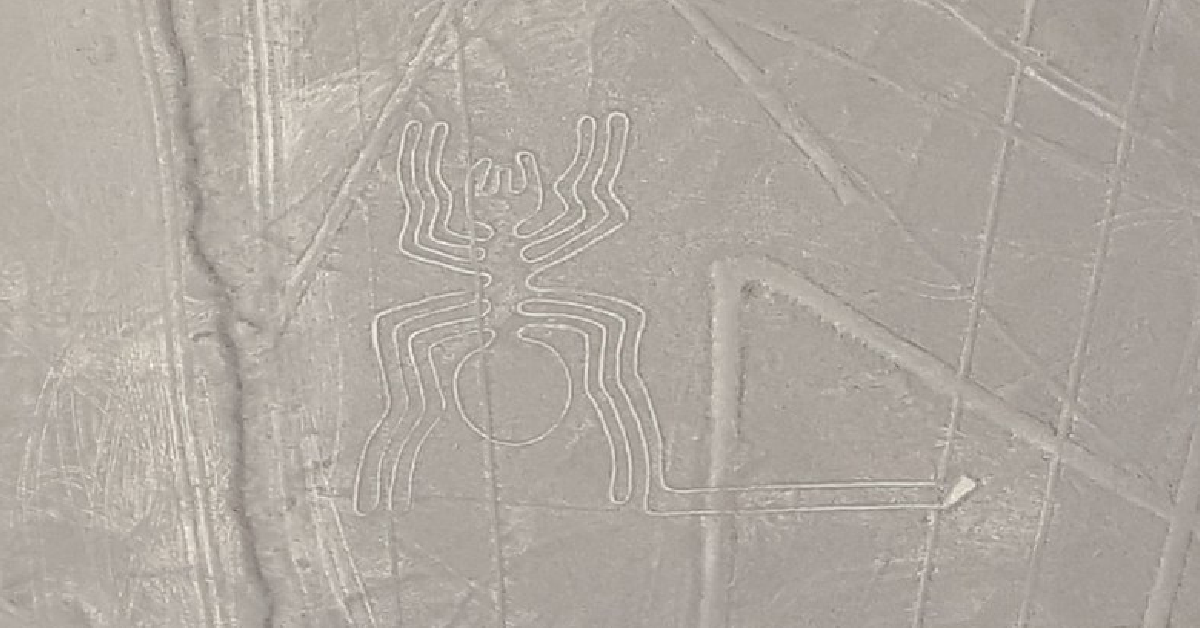Archaeologists Discover New Peruvian Geoglyphs
They found 168 new geoglyphs on the Nasca Pampa and surrounding areas.
If you happen to fly over the Peruvian coastline, you may notice something from time to time that seems just a little out of place.
There are figures, which are etched into the environment, and even though they may have been carved thousands of years ago, some of them are still visible.

The drawings, which are known as the Nazca Lines, are protected by the UNESCO World Heritage Site organization. Although it isn’t fully known when they were carved into the environment, it is thought that they have been around since anywhere between 500 BCE and 500 CE.
Interestingly, some of the geoglyphs that were created by ancient peoples are still available today. This has to do with the environment where they exist, and the fact that they are not covered by the erosion associated with time.

Some of the geoglyphs are small and others are very big. The majority of them have a diameter of less than 30 feet and you can see them when you are standing on the ground at the right vantage point. Others are large and can only really be seen from the sky.
Recently, the Yamagata University team flew over the area using drones and took aerial photography. After examining the footage, they were able to spot a number of new figures that included a variety of animals, including cats, birds, and snakes.
In a press release, the university revealed that the new geoglyphs brought the number of total carvings up to 358. They are found within a 170-square-mile area. These carvings, the Nazca Lines, are not only animals, they can be geometric designs or even straight lines.

Some of the more common include dogs, lizards, flowers, trees, monkeys, hummingbirds, spiders, and cacti. It is thought that the Nazca culture is primarily responsible for the etchings, although some of their predecessors may have been involved as well.
Since the region is so dry, erosion isn’t typically a problem. According to Reuters, one of the researchers, Prof. Masato Sakai, said that some of the etchings are in danger of being destroyed because of mining. Many should be protected, thanks to a Peruvian government initiative in which a National Park was established in 2017.
SKM: below-content placeholderWhizzco for DOT

